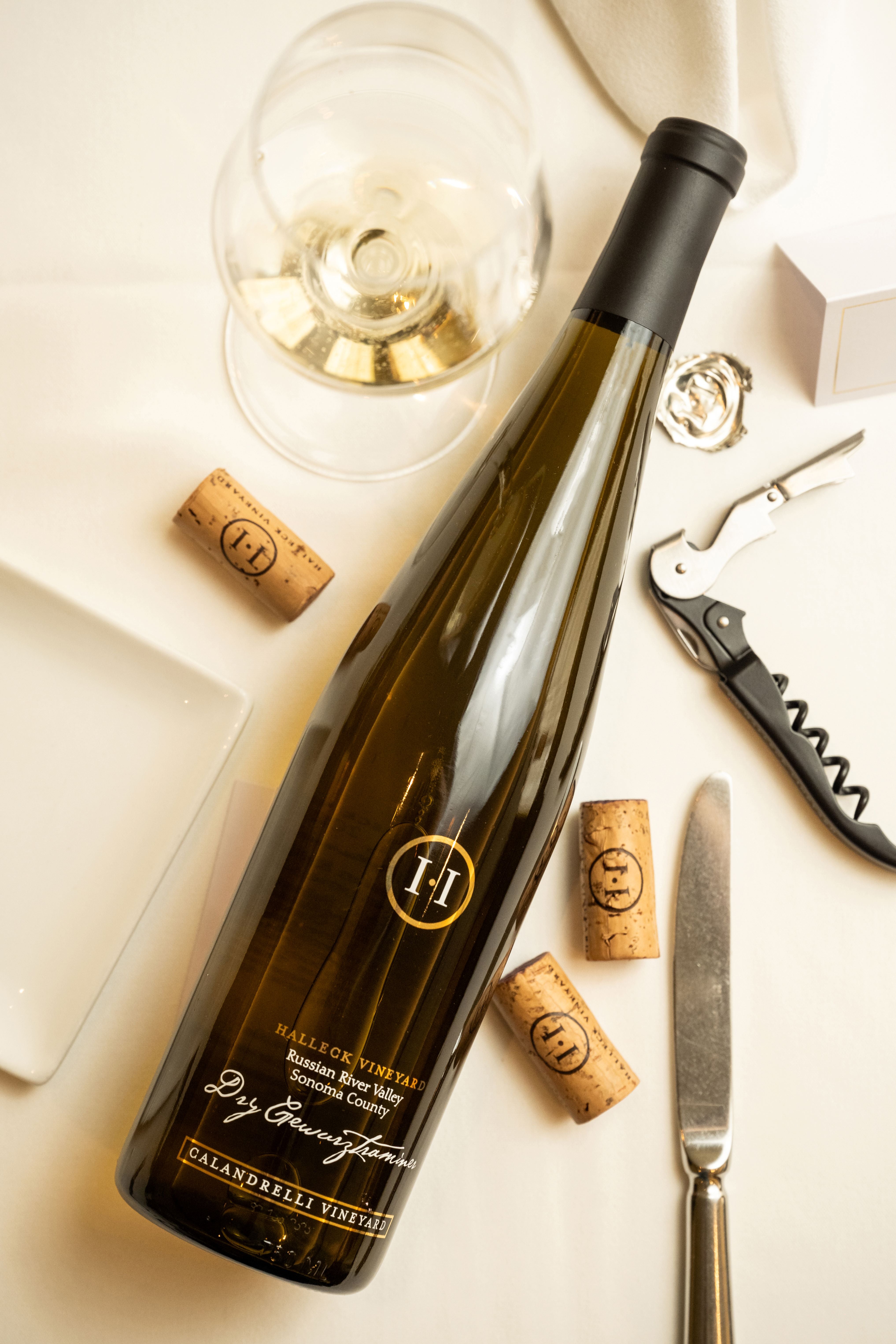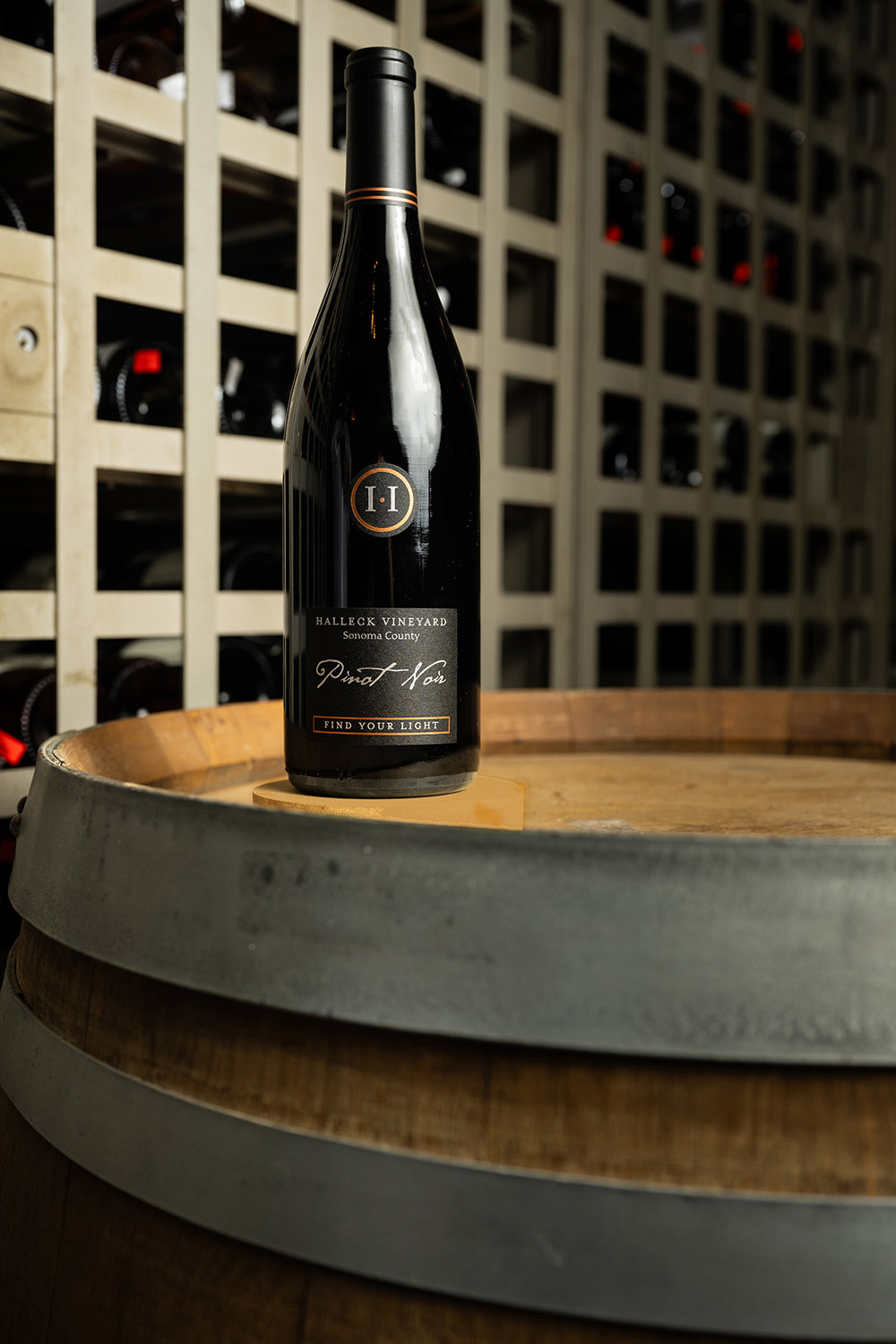Wineries With Estate-Grown Grapes - Scenic Wineries Of Sebastopol
Wineries With Estate-Grown Grapes - Scenic Wineries Of Sebastopol
Blog Article
Wineries Offering Virtual Wine Tastings - Enjoying Wine In Sebastopol
Wine tasting is an art that requires practice and an understanding of varied elements concerned within the process. One essential component of wine tasting is the event and interpretation of tasting notes, which function a guide for both novices and seasoned connoisseurs. A Guide To Understanding Winery Wine Tasting Notes can enhance your wine-tasting experience, making it extra meaningful and enjoyable.

Tasting notes are concise descriptions that seize the essence of a wine’s flavors, aromas, and general character. Often composed by professional tasters, winery tasting notes provide insights into the nuances of assorted wines. They might help wine enthusiasts perceive what to expect from a specific bottle. However, tasting notes can range extensively in style and detail primarily based on the author's experience and palate.
Wineries Featuring Vineyard Tours - Wine Tasting Experiences In Sonoma Valley
When you first method a glass of wine, your senses will begin to have interaction instantly. The sight, odor, and style of the wine will converge to provide you a complete experience. Tasting notes generally start with the visual assessment, where the colour of the wine is taken under consideration. Color plays a big role in indicating the wine’s age, grape variety, and even its flavor profile.
After assessing the visual side, the next step involves swirling the wine in the glass. This action aerates the wine, permitting its aromas to awaken. Smelling the wine supplies critical insight into its complexity. The preliminary sniff can ship a flood of scents that may embody fruity, floral, natural, or earthy notes. This is often essentially the most subjective a part of tasting, as individual experiences can dramatically differ.
In winery tasting notes, descriptors are often categorized into major, secondary, and tertiary aromas. Primary aromas usually stem from the grape selection, secondary aromas derive from fermentation processes, and tertiary aromas arise from getting older. Understanding these categories might help you respect the depth of a wine, and so they additionally give you the vocabulary to specific your experience better.
Wineries Near Sonoma Square - Sonoma Wine Tastings
Following the olfactory encounter, your focus will shift to the taste of the wine. This is where the primary characteristics—sweetness, acidity, tannins, alcohol—come into play. Tasting notes usually detail these flavors in a number of dimensions, together with the initial attack in your palate to the lingering finish in your tongue. A high-quality wine will present a harmonious steadiness between these components.
Whereas tasting, it's essential to ponder the body of the wine, which can be described as light, medium, or full. The body contributes considerably to your total impression, helping you contemplate how the wine pairs with food or whether or not it stands alone as a sipping wine. Balancing the physique with the opposite characteristics will provide you with a fuller understanding of what the wine has to offer.
The finish of the wine, also known as the aftertaste, is one other critical side often included in tasting notes. A long, nice finish usually indicates a better quality wine, while a short or cloying aftertaste may suggest otherwise. Evaluating the end can provide further perception into the wine's complexity and distinction.
Understanding the context of winery tasting notes is also useful. Tasting notes can provide contextual details about the winery's location, climate, and grape-growing practices. This context provides another layer of appreciation for the wine, allowing enthusiasts to wine tasting Sonoma attach the sensory experience with its origins, thus enhancing the enjoyment further.
Wineries With Live Music Events Occasionally - Top Sonoma Wineries To Visit
Many wineries provide tasting notes on their websites or labels, often written in an approachable yet informative style. However, not all winery tasting notes are created equal. Some could also be overly technical, whereas others would possibly prioritize marketing aptitude over insightful analysis. Learning to navigate these notes can arm you with the information to make knowledgeable selections when deciding on wines.
Taking Part in tastings at wineries can even deepen your understanding of wine tasting notes. Interacting with knowledgeable staff can provide you a extra hands-on strategy to exploring totally different wines and the language used to describe them. Family Friendly Wineries With Outdoor Spaces. You'll have the chance to ask questions, have interaction in discussions, and doubtlessly refine your palate in actual time.
Experimentation is essential for mastering wine tasting notes. As you pattern completely different wines, strive making your own notes. Focus on describing the wine’s colour, aroma, taste, and end. Over time, you’ll develop a private vocabulary that resonates along with your sensory experiences. Each note you create will help refine your palate, allowing you to appreciate wines at a deeper degree.
Wineries Offering Off The Beaten Path Experiences - Wineries With Outdoor Tastings In Sebastopol
In conclusion, a Guide To Understanding Winery Wine Tasting Notes presents a comprehensive framework for diving into the world of wines. It equips you with the strategies and language essential to articulate your experiences. Whether Or Not you're a informal drinker or a dedicated aficionado, understanding and using tasting notes can profoundly impression your wine journey. This data not only enhances your enjoyment but in addition connects you deeply with the wealthy narratives every bottle tells. By embracing this journey, you turn out to be part of the beautiful mosaic of wine culture, the place every sip unveils a model new story waiting to be discovered.
- Wine tasting notes usually embody quite so much of sensory descriptions, together with aroma, flavor, acidity, physique, and end, permitting tasters to totally appreciate the wine's characteristics.
- To improve your understanding, familiarize yourself with widespread wine terminology corresponding to "tannins," "oakiness," or "terroir," which can help decipher the notes extra effectively.
- A systematic approach to tasting involves first visually assessing the wine's color and clarity, followed by swirling to release aromas, then inhaling and describing what you experience.
- Taking notes during tasting may help determine patterns over time, improving your palate and making it simpler to recall preferences for future choices.
- Do Not overlook the influence of food pairings; tasting notes can differ greatly when a wine is loved with complementary flavors, altering perception and enjoyment.
- Pay attention to the wine’s vintage, as weather conditions in a given year can considerably affect the ultimate product, including one other layer to the tasting notes.
- Consider the winemaker's style and philosophy, which can shape the wine's profile and impact how its notes evolve with every sip.
- Practicing with different grape varieties can broaden your vocabulary; every type brings distinctive traits that can improve your ability to articulate tasting notes effectively.
- Engaging with wine professionals or attending tasting events can present priceless insights, offering a richer context for understanding personal tasting notes.
- Bear In Mind that tasting is subjective; individual preferences and experiences will shape one’s interpretation of the same wine, enriching the general enjoyment of wine exploration.
What are wine tasting notes?
Wine tasting notes are descriptive comments made by tasters concerning the look, aroma, taste, and finish of a wine. They provide an outline of the wine's characteristics and might help consumers understand the style and quality of the wine.
Wineries Providing Guided Vineyard Walks - Discovering Sonoma Area Wineries
Why are tasting notes essential when deciding on wine?
Tasting notes can guide you see page in selecting a wine that fits your palate. They present insights into flavors and aromas, helping you to match wines with food or occasions. Understanding these notes enhances your total wine experience.
How should I learn wine tasting notes?
(Artisan Wineries In Russian River Valley)
Historical Wineries To Visit In Sonoma - Sonoma's Best Vineyards

When studying wine tasting notes, take note of the construction: search for descriptions of shade, aroma, flavor, and end. This will help you grasp the wine's profile and decide if it aligns along with your preferences.
What terms commonly seem in wine tasting notes?
Frequent terms include "tannin" (the structure), "acidity" (the crispness), "body" (the weight), and various flavor descriptors like "fruity," "earthy," or "spicy." Familiarizing yourself with these phrases can deepen your understanding of wine.
Wine Tasting Events In Sonoma County - Tasting Experiences In Sebastopol Vineyards

Can I create my own tasting notes?
Yes! Writing your own tasting notes can enhance your wine tasting experience. Focus on your observations of taste, aroma, and different sensory traits. This personal practice may help you refine your palate over time.
How do I establish the aromas in wine tasting notes?
Family-Friendly Wineries Near Sebastopol - Sebastopol Wine Experiences
To determine aromas, practice smelling quite a lot of scents and associating them with wines. Swirl the wine in your glass to launch its aromas, then take a second to breathe in deeply earlier than figuring out any distinguished scents.
What is the difference between professional and personal wine tasting notes?
Professional tasting notes could use more technical language and specific terminology, whereas personal tasting notes are subjective and reflect individual experiences. Each are valuable for understanding and enjoying wine, but personal notes could resonate more together with your distinctive tastes.
How can tasting notes improve my wine appreciation?
Breathtaking Views From Sonoma Wineries - Unforgettable Wine Tastings In Sonoma
Tasting notes can enhance your appreciation by helping you to understand and articulate the complexities of wine. They encourage mindful tasting and provide a framework for comparing different wines, resulting in a richer enjoyment of the beverage.
Are there any apps or instruments to assist with wine tasting notes?
Yes, there are several apps designed to help users report and manage their tasting notes. These instruments typically offer features like flavor wheel guides and wine database searches, making it simpler to trace your journey via totally different wines. Report this page